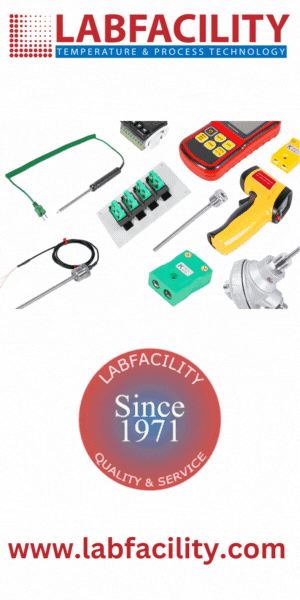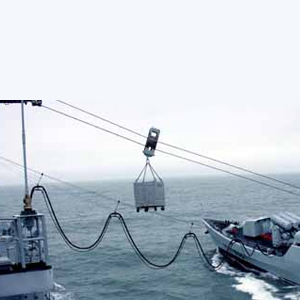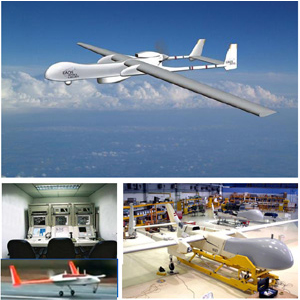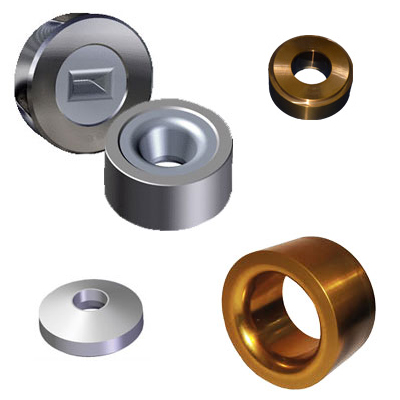The Best HVAC Solutions for Military: Fans, Blowers, and More 25 June 2024

Creating effective HVAC (Heating, Ventilation, and Air Conditioning) solutions for military applications involves addressing specific challenges related to the diverse environments and operational requirements of military operations. Here is a detailed overview of some of the key HVAC solutions suitable for military use:
1. Mobile HVAC Units:
Purpose: Military operations often require rapid deployment and mobility. Mobile HVAC units, mounted on vehicles or transportable trailers, provide the flexibility needed to set up climate control in temporary command posts, field hospitals, or other critical areas.
Features: These units typically include heating and cooling capabilities, air filtration systems, and the ability to connect to various power sources.
2. Tactical Portable HVAC Systems:
Purpose: Designed for individual shelters or small encampments, portable HVAC systems provide localized climate control in the field.
Features: Lightweight, compact, and energy-efficient, these systems may include portable air conditioners, heaters, or combination units. They often operate on both standard and military-specific power sources.
3. Ducted HVAC Systems:
Purpose: Large military structures such as command centers, barracks, or maintenance facilities require efficient distribution of conditioned air. Ducted HVAC systems are designed to provide even heating, cooling, and ventilation across expansive areas.
Features: Ducted systems include powerful blowers, flexible ducting, and zoning capabilities to customize climate control in different sections of a facility.
4. Climate Control for Aircraft and Vehicles:
Purpose: Aircraft and military vehicles need specialized HVAC solutions to ensure the comfort of crew members and protect sensitive equipment from extreme temperatures.
Features: Integrated HVAC systems for military aircraft and vehicles are designed to withstand harsh conditions. These systems often include air filtration to protect against external contaminants.
5. Environmental Control Units (ECUs):
Purpose: ECUs are essential for maintaining optimal temperatures in military shelters, command posts, or field hospitals.
Features: These units are versatile, offering both heating and cooling capabilities. They are designed to be rugged, reliable, and capable of operating in diverse climates.
6. Smart HVAC Controls:
Purpose: Advanced control systems elevate the efficiency and adaptability of HVAC solutions in military settings.
Features: Intelligent controls enable remote monitoring, real-time adjustments, and the automation of HVAC systems. This results in enhanced energy efficiency and diminished reliance on manual intervention, particularly in isolated or unattended locations.
7. Energy-Efficient Technologies:
Purpose: Military operations often take place in resource-constrained environments. Energy-efficient HVAC technologies help minimize fuel consumption and environmental impact.
Features: Variable speed compressors, thermal storage, and advanced insulation are examples of energy-efficient features integrated into military HVAC systems.
8. Maintenance and Serviceability:
Purpose: Military equipment must be durable and easy to maintain in the field.
Features: HVAC solutions designed for the military prioritize rugged construction, ease of serviceability, and the availability of spare parts in austere environments.
9. Integrated NBC Filtration:
Purpose: Military HVAC systems may include integrated Nuclear, Biological, and Chemical (NBC) filtration to protect against airborne contaminants.
Features: High-efficiency particulate air (HEPA) filters and activated carbon filtration are common components in military HVAC systems for defense against biological and chemical threats.
In summary, the most effective HVAC solutions for military applications seamlessly integrate mobility, adaptability, durability, and efficiency to address the distinctive challenges found in diverse operational environments. These systems are pivotal in upholding the well-being of military personnel and ensuring the optimal functionality of mission-critical equipment.







